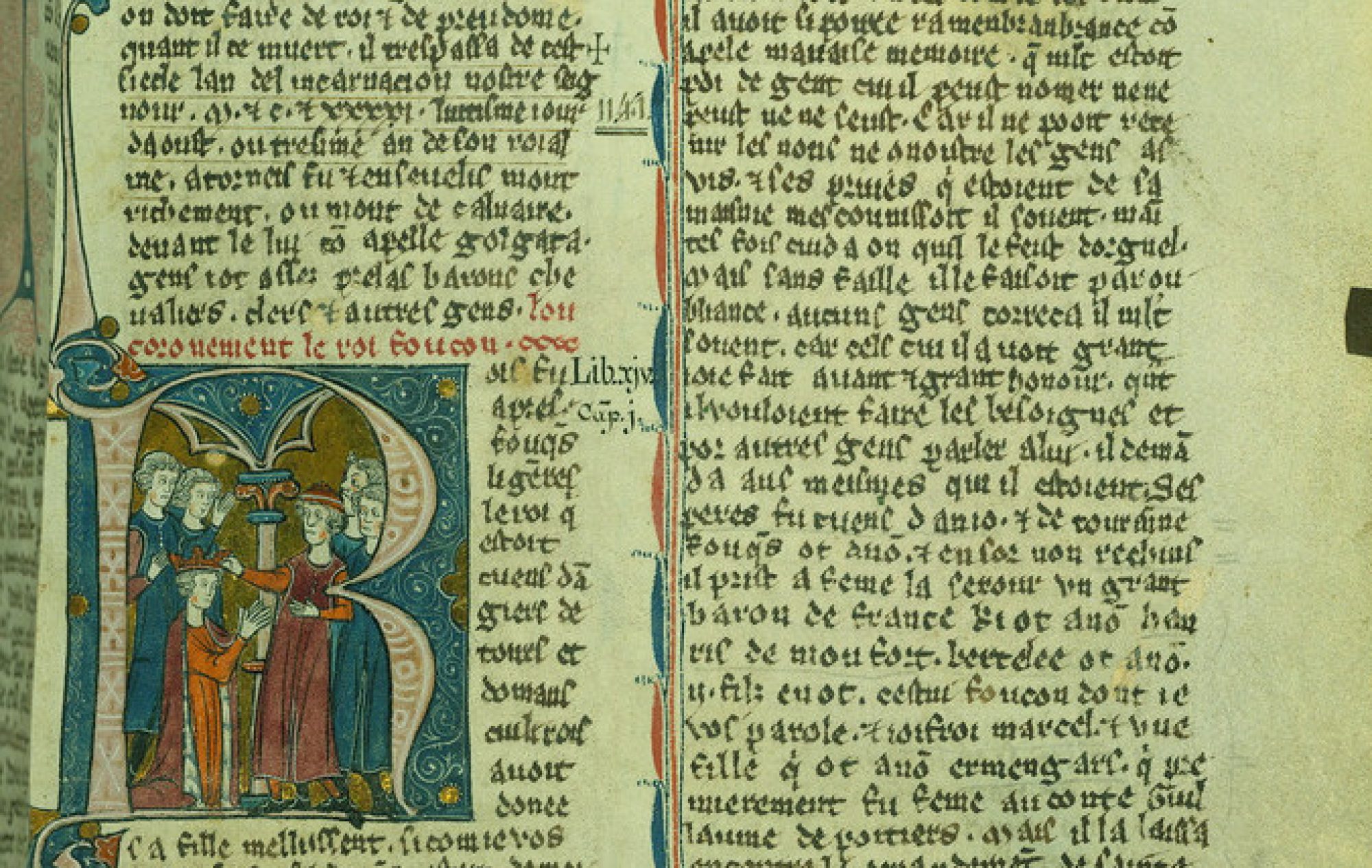Jeanne d’Arc (Joan of Arc) was born in 1412 and grew up in rural France during the Hundred Year’s War. She was an energetic child, and grew up with her four siblings in what would be considered a relatively normal household. However, at the age of 13, she claimed to hear voices of saints, whose messages she used to guide her life and lead her behaviour. She was convinced that she had a “divine mission from God.”1
At the age of 17, Joan managed to convince the captain of the nearest Valois garrison to give her military protection to visit Charles VII. There, she convinced him of her divine mission and to allowed her to be armed and given a sizable army to lead into battle. She successfully persuaded the king by bargaining with him; claiming she would not only save France by driving the English off of French land but would make Charles king of France. It took Joan three weeks of vigorous convincing to reach an understanding and agreement with Charles, and only then was she was fully armed and given an army to lead into battle.2
Joan led her army to victory in the field of Patay on Sunday, May 8th. As it was Sunday, Joan would not allow an attack on the retreating army because she was deeply religious and Sunday is the Lord’s day.

Due to Joan’s many victories, she was briefly in a position of political power. However, many were unpleased with the fact that a woman held so much power; she was also suspected of sorcery and heresy. The people charged her with heresy for cross-dressing, which at the time was referred to as “crossover”.3 She repented of her sin, however, relapsed and was caught in male clothing again. At the time it was only acceptable for females to wear male garments if they were female monks, however, Joan was not. She was thus burnt at the stake as a relapsed heretic. She pleaded innocence until death and was said to have cried out the name of the lord while being burnt. It is believed that the last word Jeanne d’Arc ever said was “Jesus!”.4
- Joseph R. Strayer, “Joan of Arc”, Dictionary of the Middle Ages, (New York City, New York: Scribner, 1982), 114.
- Ibid, 115.
- Ibid, 116.
- Wheeler, Bonnie, and Charles T. Wood, Fresh Verdicts on Joan of Arc.
- Maître du Froissart de Philippe de Commynes, Bataille de Patay, Bibliothèque Nationale de France.
